Context is king, but it’s hard to find after this one my friends.
But let’s start here: back in August, we looked at the best and worst surprises for the Vols in the post-Fulmer era. We used Vegas as the measuring stick: what were Tennessee’s most noteworthy performances playing above and below the line at kickoff?
The four worst surprises have come in the last four years: losing by 33 to Missouri in 2018 at +5.5, getting shutout 41-0 by Georgia in 2017 (+10), losing to Georgia State as a 24.5-point favorite, bottoming out with last year’s Kentucky debacle at -6.5.
So how much, we wondered, could a good surprise be worth for Josh Heupel?
Turns out, that looks like today:
| Year | Opponent | Line | Outcome | Difference |
| 2021 | at Missouri | +2.5 | 62-24 | 40.5 |
| 2010 | Ole Miss | -2.5 | 52-14 | 35.5 |
| 2015 | vs Northwestern | -9.5 | 45-6 | 29.5 |
| 2014 | Utah State | -3.5 | 38-7 | 27.5 |
| 2009 | Georgia | +1 | 45-19 | 27 |
It’s a fun comparison, that 2010 Ole Miss game. That was freshman Tyler Bray’s second start, and the first against someone other than 1-11 Memphis. That Ole Miss team ultimately wasn’t much good either, but the Vols were only -2.5 at kickoff with the Rebels 4-5 coming in.
And that’s the biggest difference from today: that game happened on November 13, the Vols scrambling and, on that day, dominating en route to bowl eligibility. This is October 2. We already knew the rhythm of this season would be different than the other year ones we’ve seen recently due to the schedule, and the presence of multiple toss-ups early.
But now we’re feeling some feelings both rare and in a hurry.
Of additional historical note today, via the media guide:
- 35 first downs ties the school record (UGA 97, Troy 2012, South Carolina 2014).
- If the Vols had punched it in on the final drive of the first half, they would’ve tied the school record for points in a half (49 vs Louisiana-Monroe in 2000).
- Tiyon Evans’ 92-yard touchdown run is the third-longest in school history.
On Missouri’s second drive, the Tigers converted 3rd-and-8, 3rd-and-9, and 2nd-and-17. They only got three points, but it felt like a missed opportunity to build on an early 7-0 lead. But the Vol offense immediately responded with 75 yards in seven plays. Four plays later was Evans’ 92-yard run. And somewhere in there, Missouri started looking like they wished they were somewhere else.
Tennessee ran 18 plays for 263 yards and 28 points before they faced a single third down. Then they converted that one for a 35-yard touchdown to Velus Jones on 3rd-and-12. And then, and then, and then.
There’s winning, then there’s blowing someone out, and then there’s today.
And it was today: week five, year one.
Who knows where such things are headed; that year one moment for Tyler Bray and Derek Dooley ultimately led to a lot of close losses in year three. There’s no proof available so soon. But I do know it’s better to be Josh Heupel in year one right now than Eli Drinkwitz in year two. Like 40.5 points above the spread better.
I also know the Vols now have a chance next Saturday to put the bowl eligibility conversation aside for an entire month. Beat South Carolina in Knoxville, and you’re at four wins. And you close with South Alabama and Vanderbilt. The path to success in year one is much more clear today. Win next week, and we get to test the ceiling again for a bit.
That’ll come. For now, the word of the day is surprise. And as long as we’ve been trying to put this thing back together, we’ve never seen one quite as pleasant as today.
Go Vols.
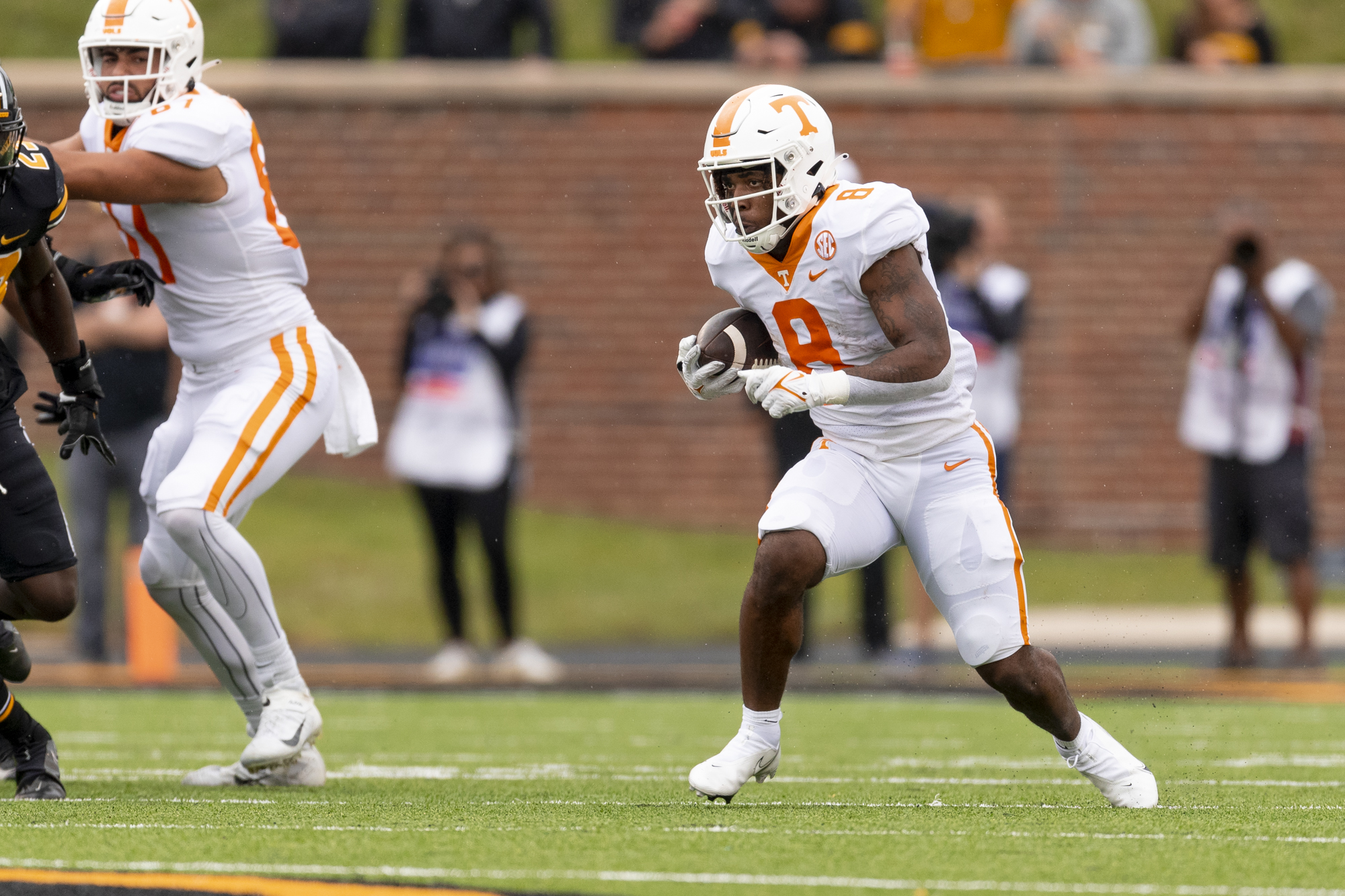
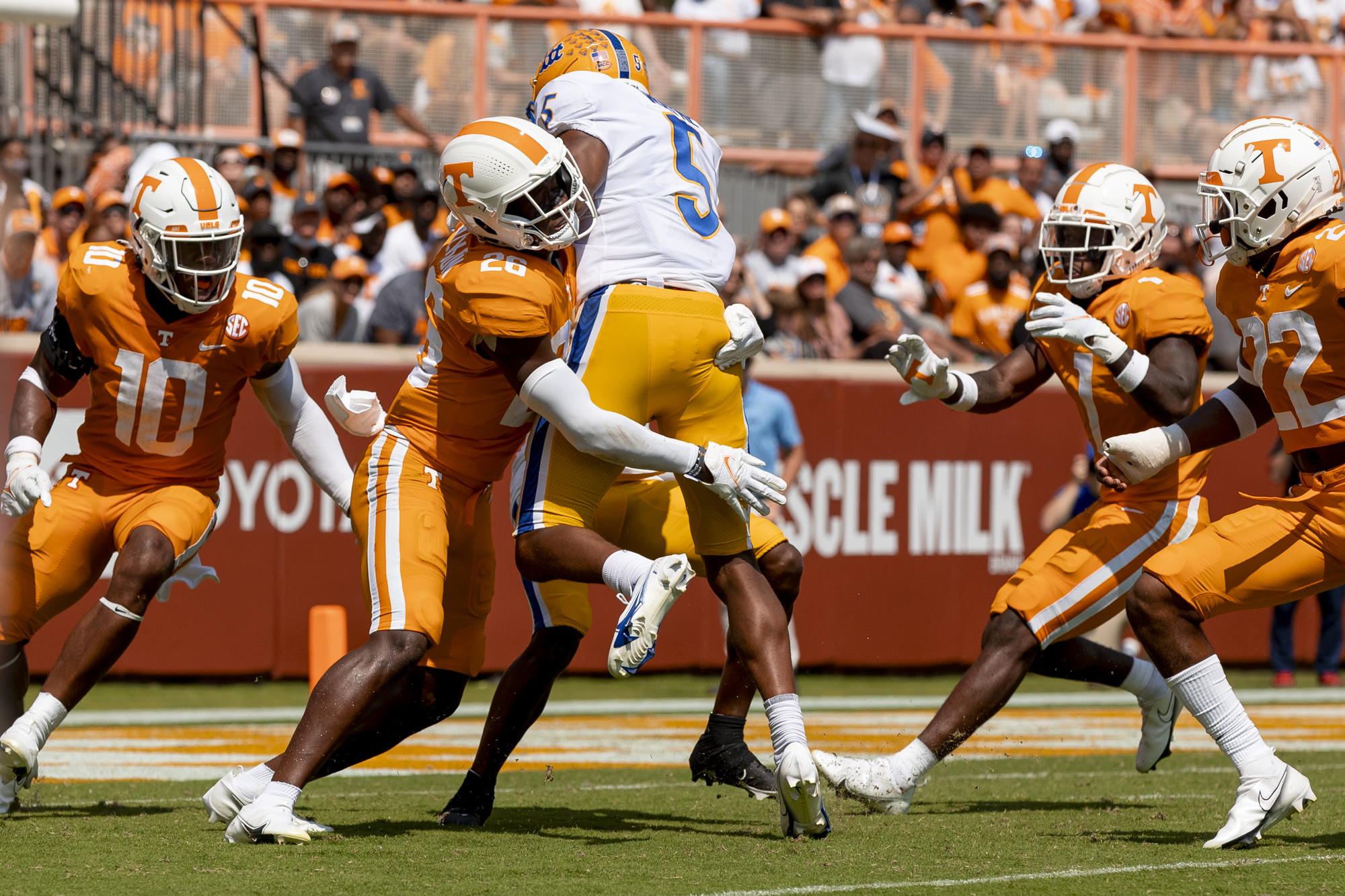
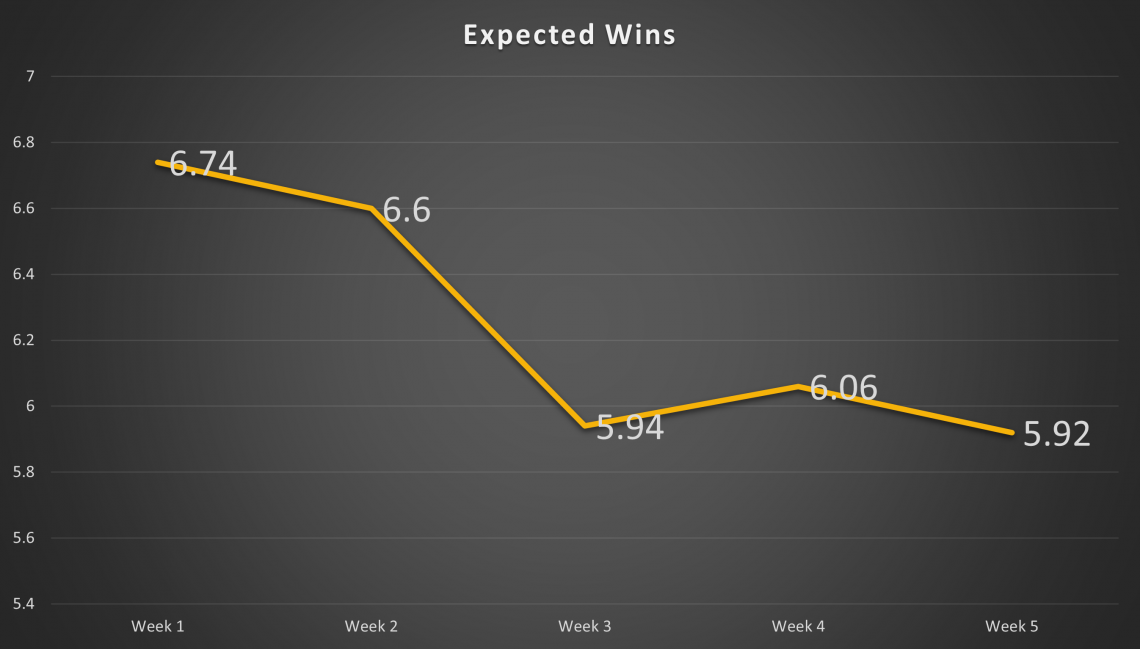
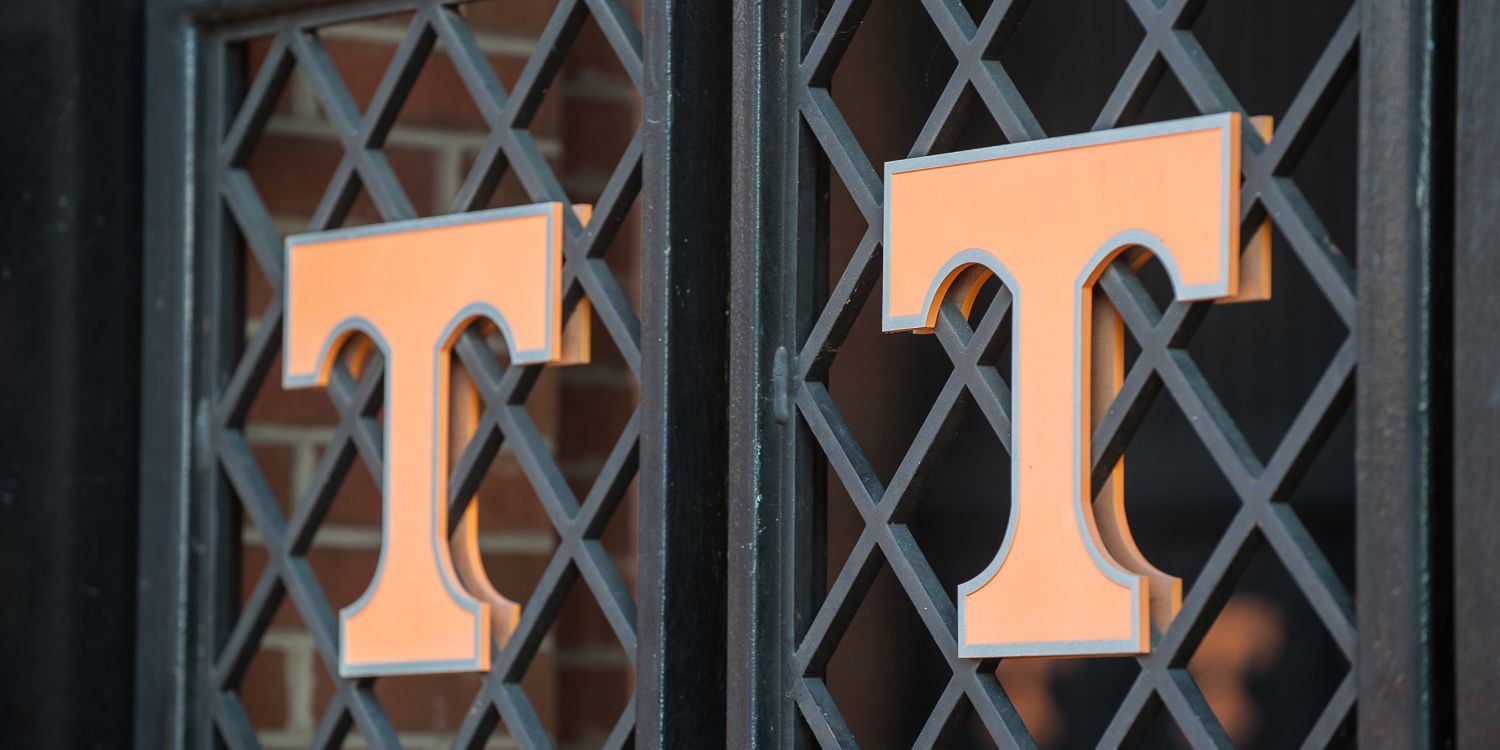
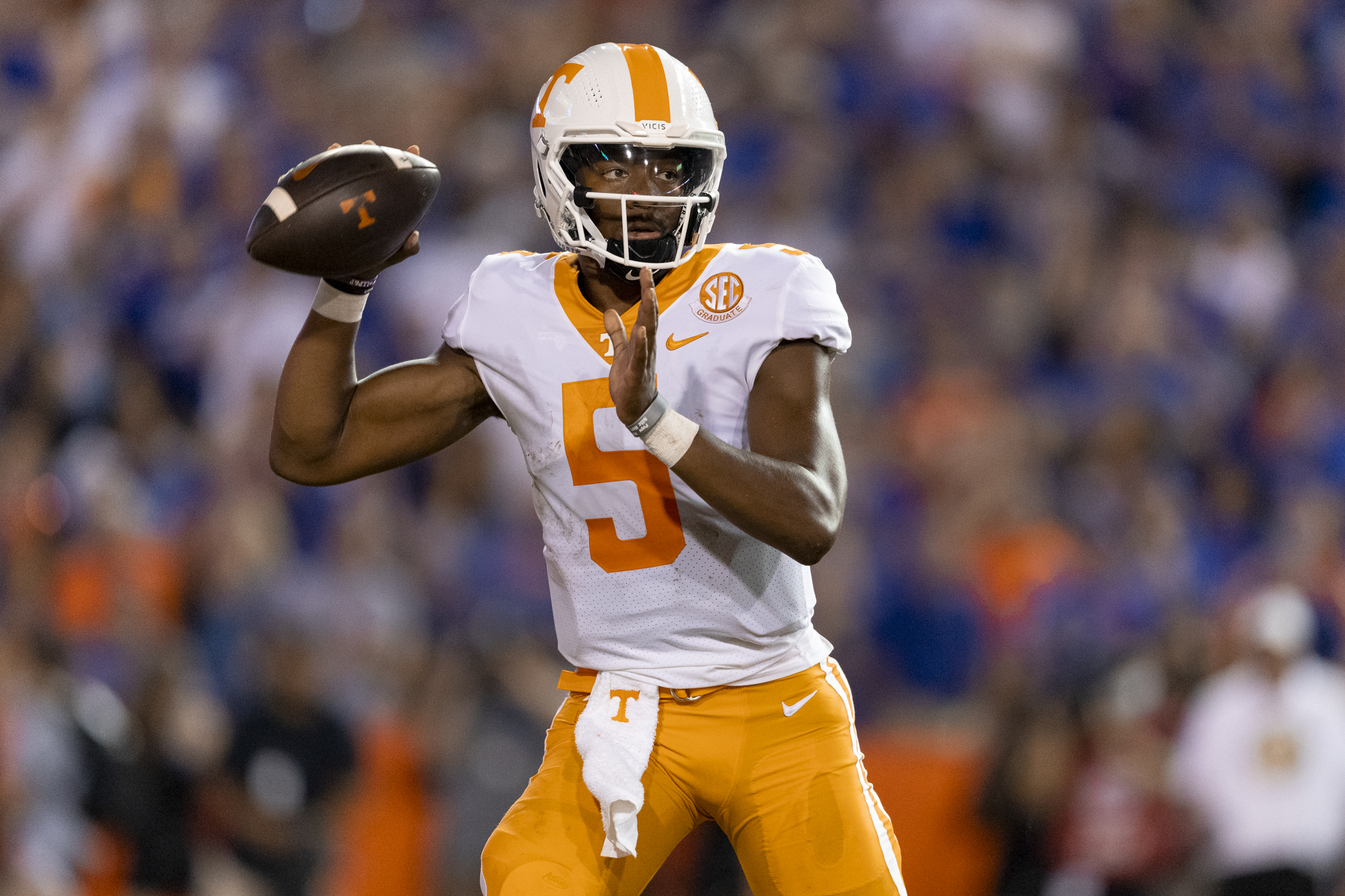
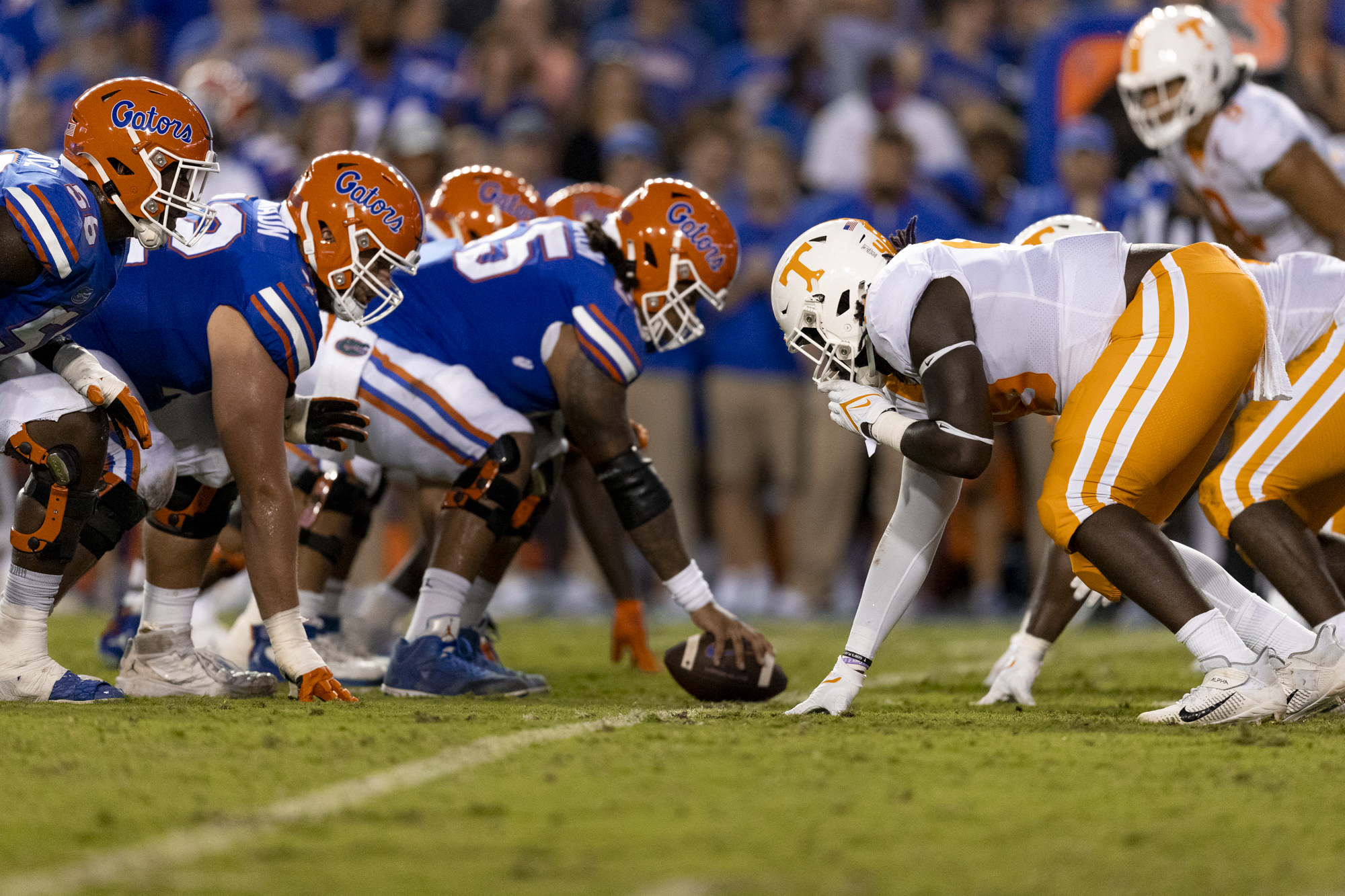
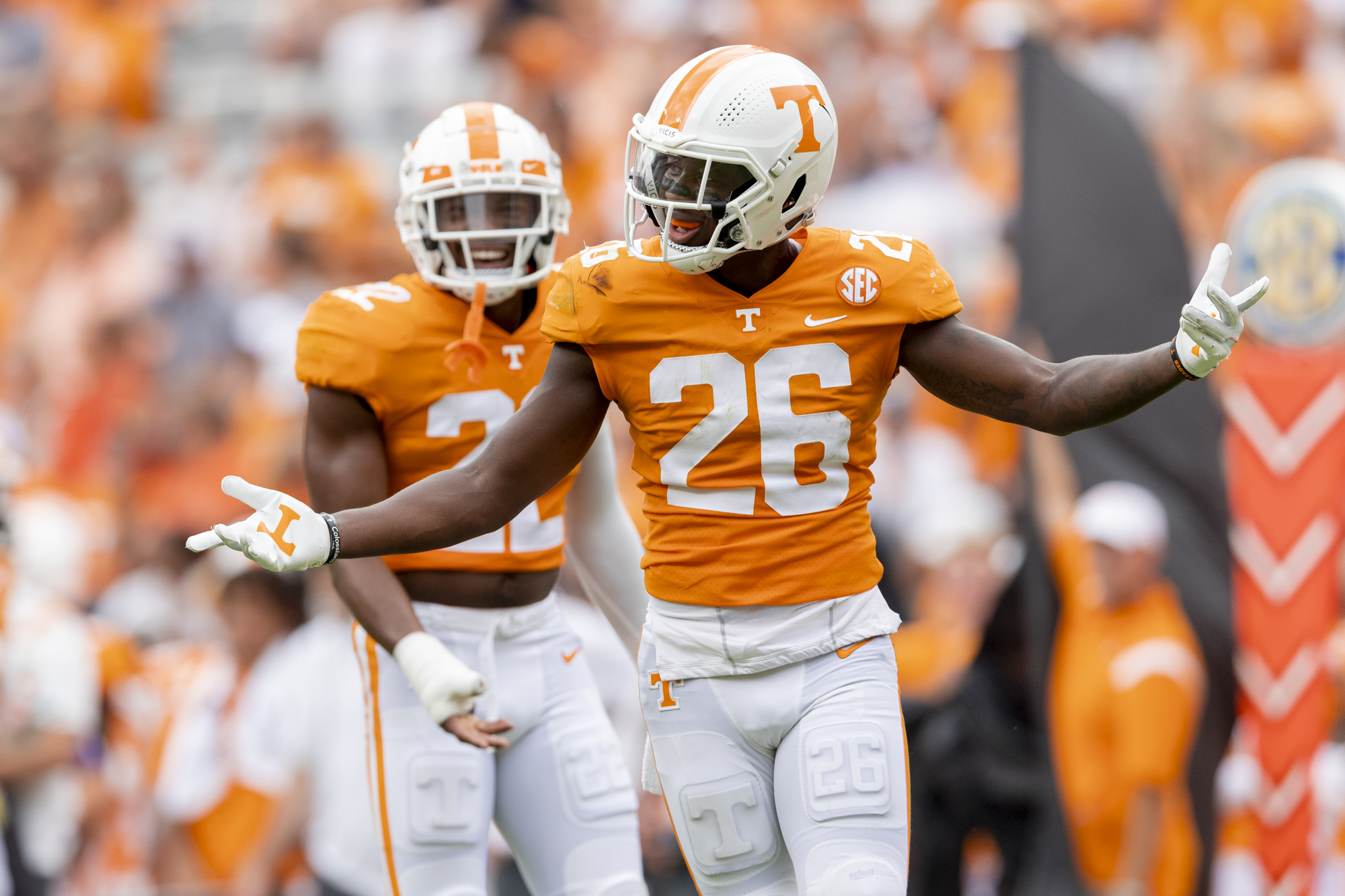
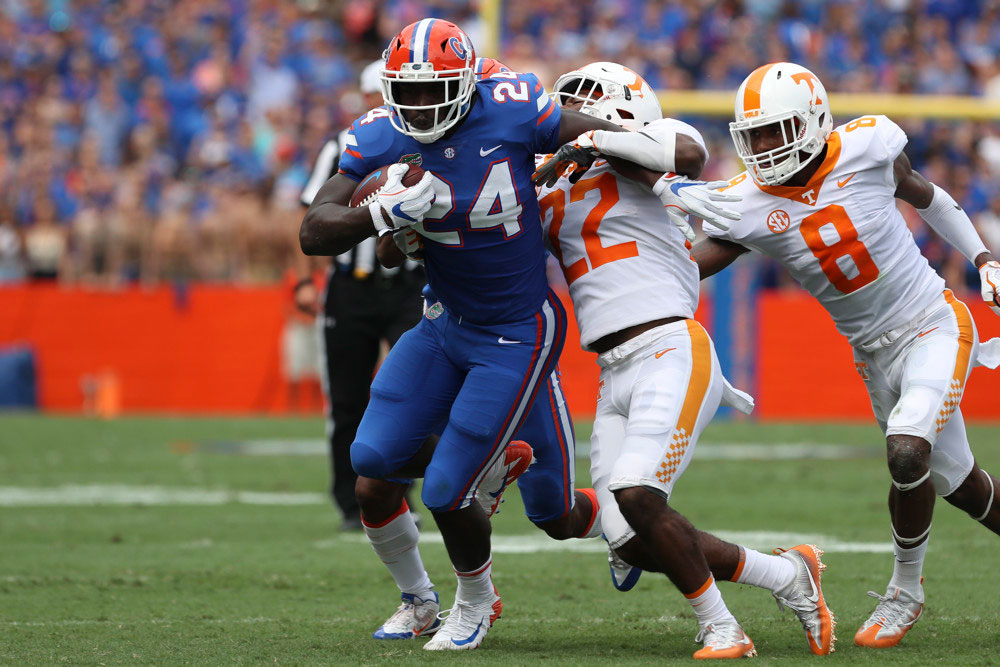
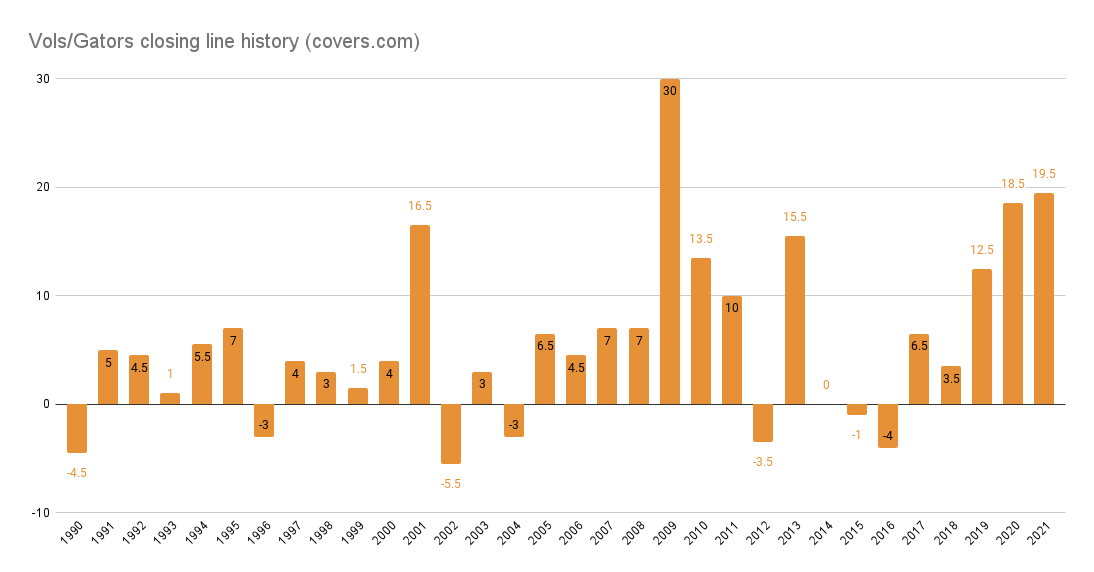
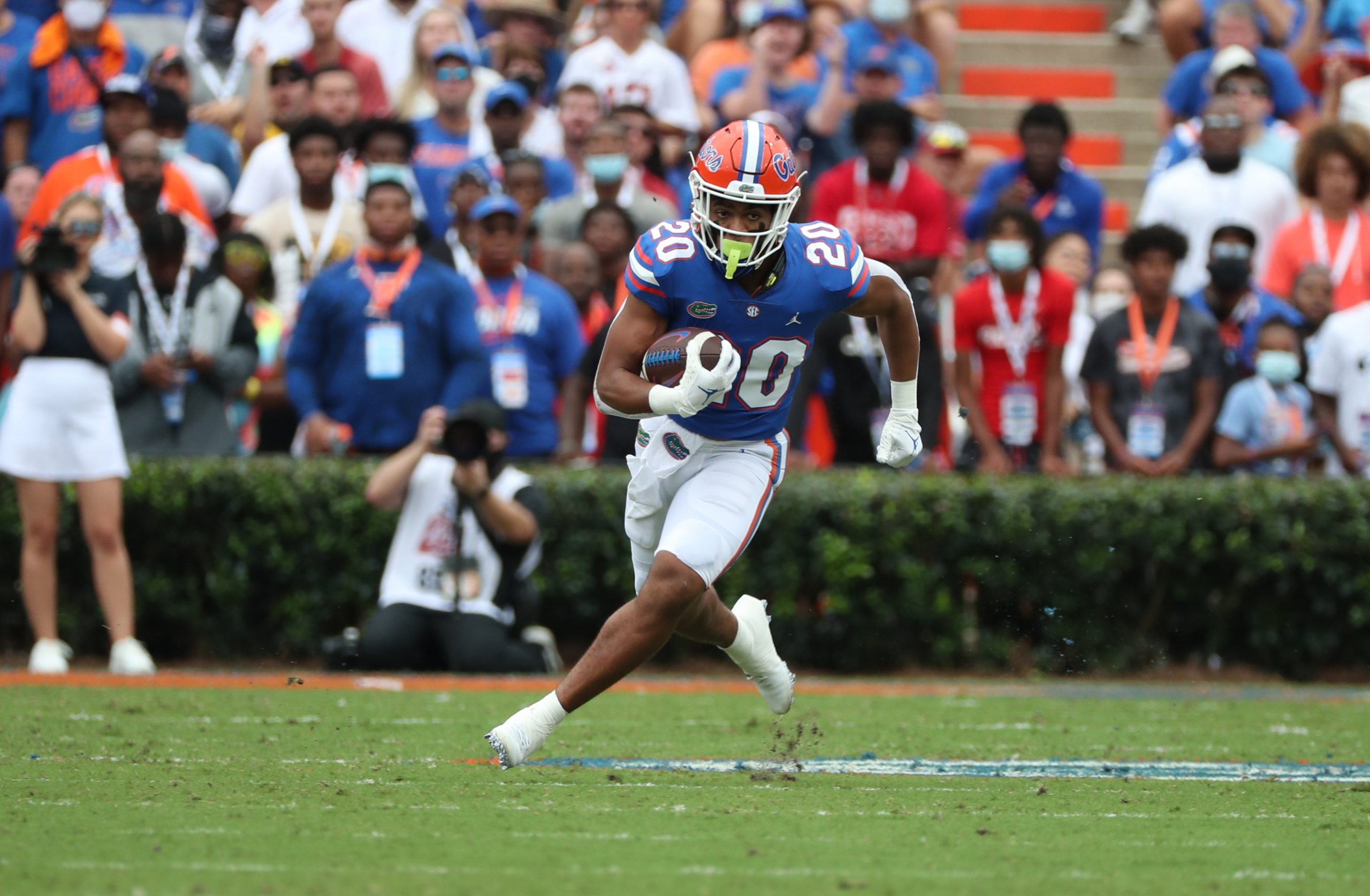
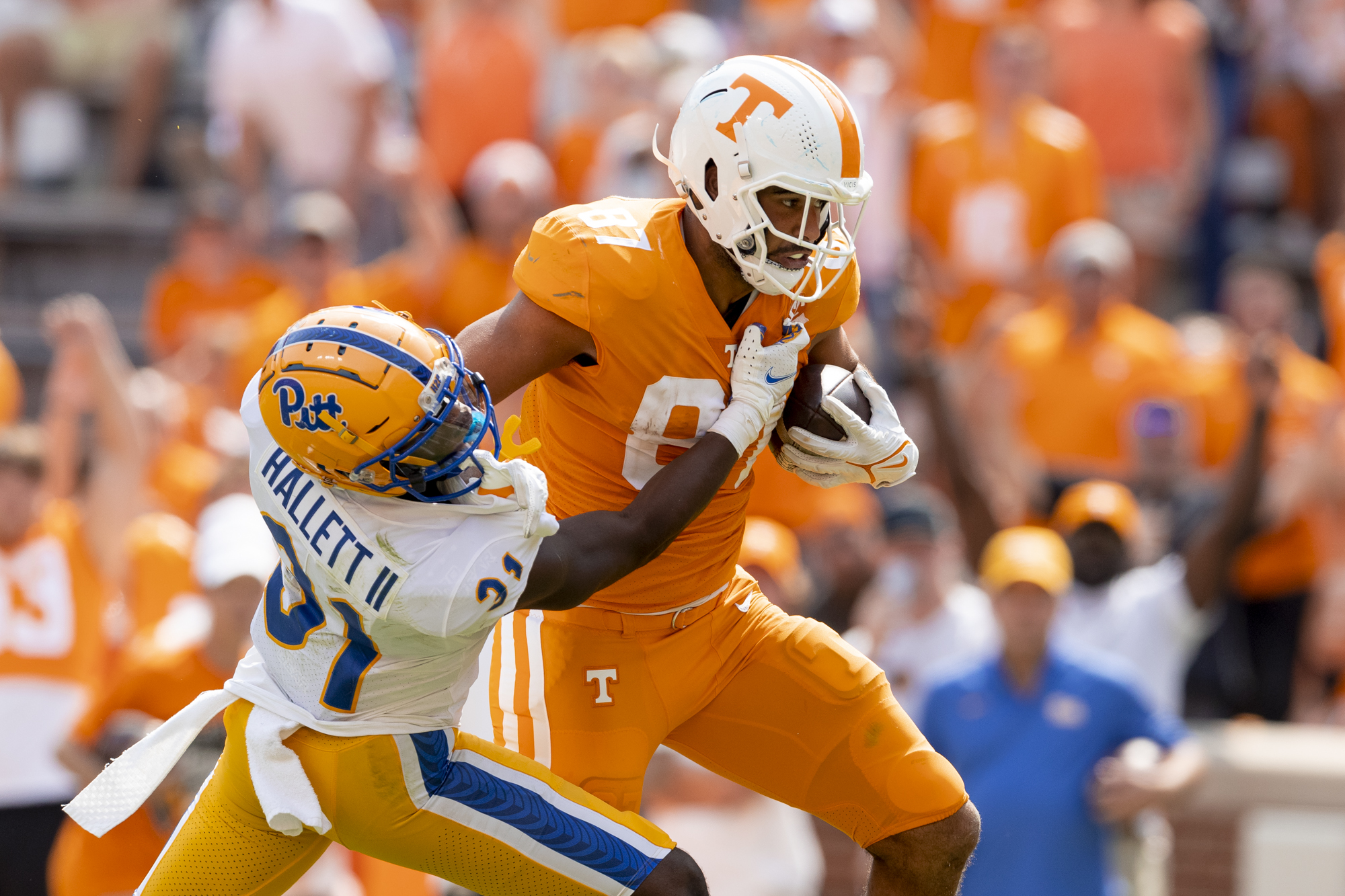
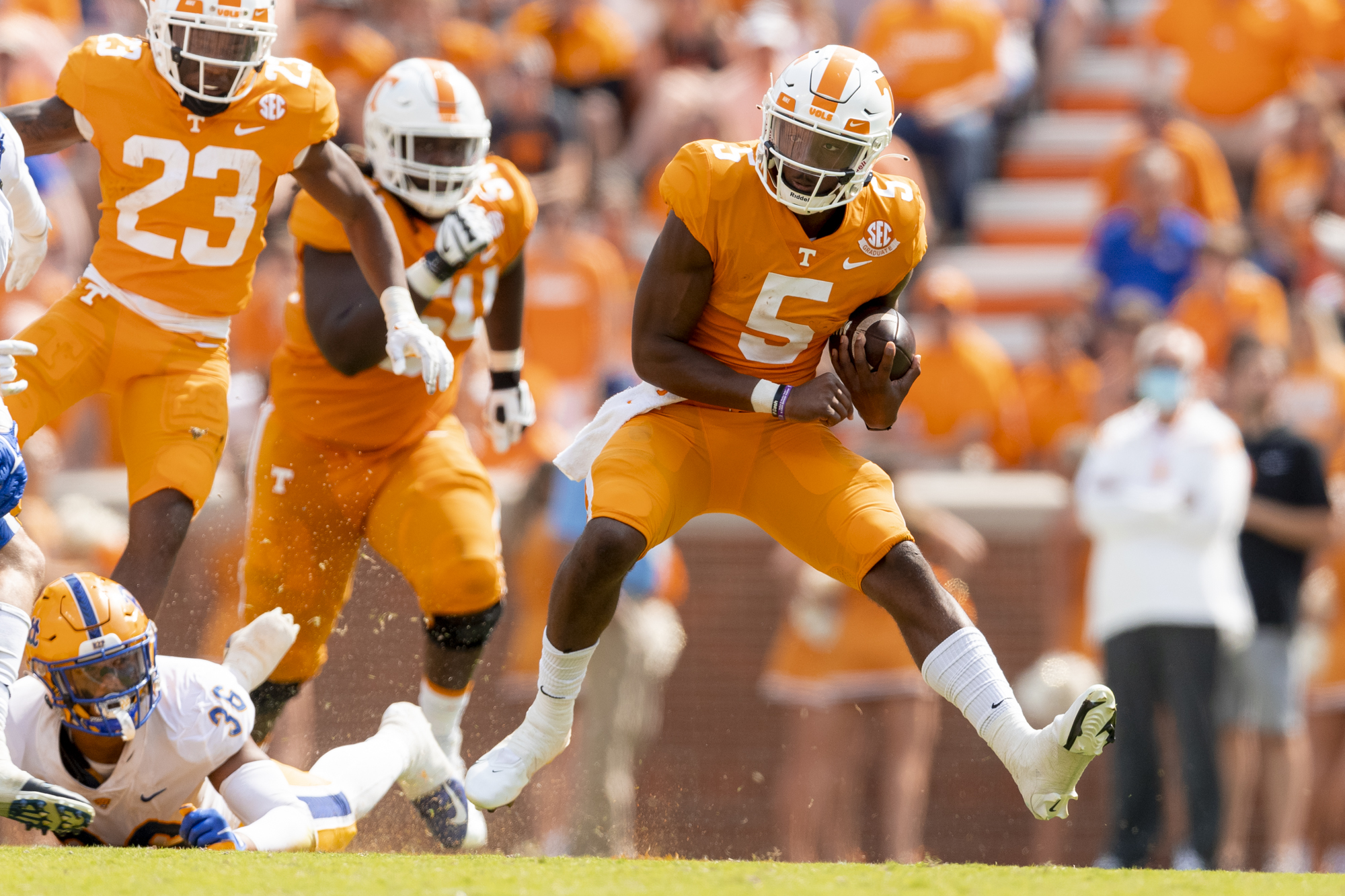
You must be logged in to post a comment.